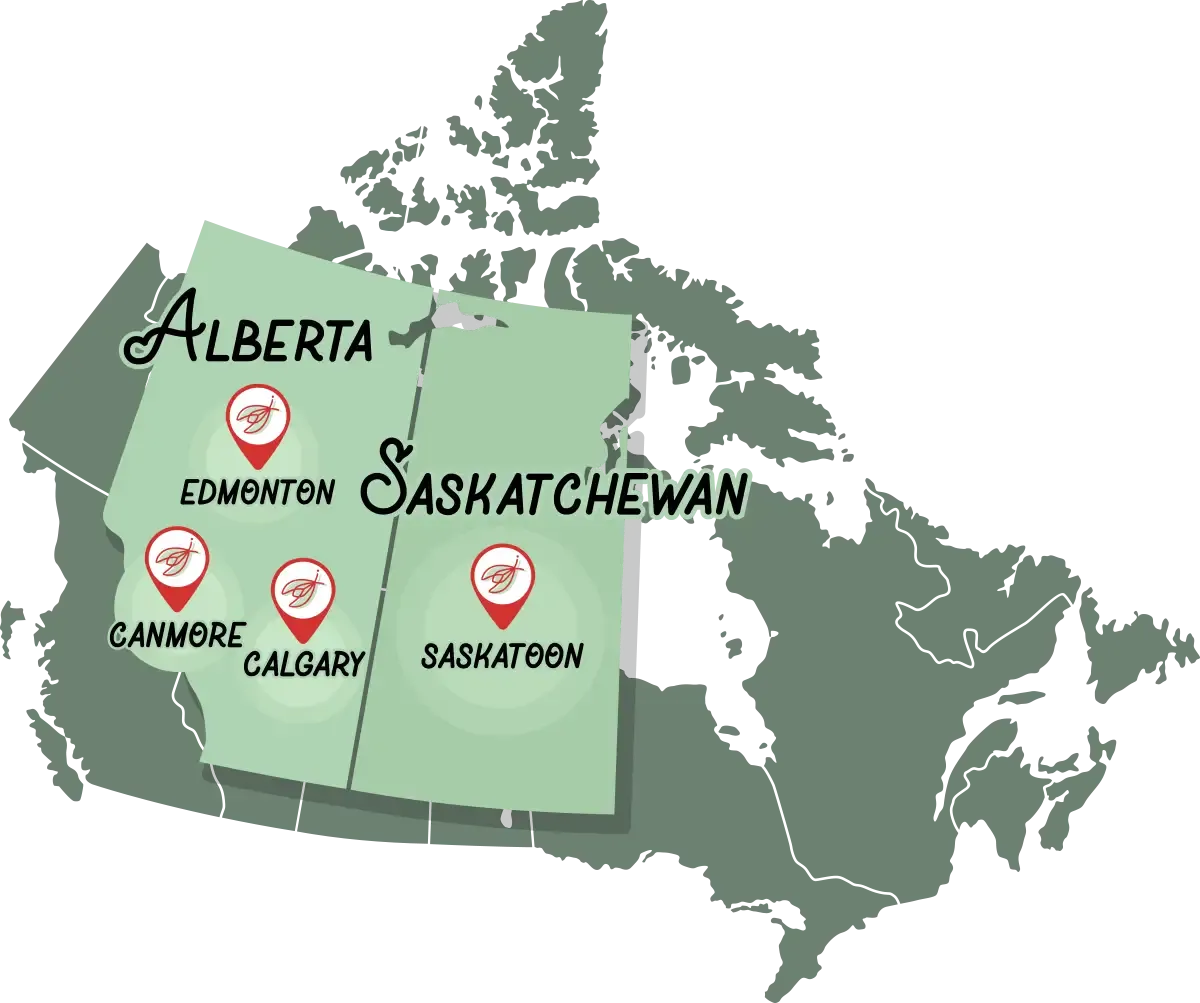Pest Control in Alberta
At Innovative Pest Solutions, our team of experts takes a unique approach to pest control. Instead of simply exterminating pests, we prioritize using the safest products and treatment methods available. Our goal is to ensure a clean and pest-free environment while minimizing any negative impact on your surroundings. We understand the importance of your safety and well-being, so we constantly brainstorm innovative improvements to provide you with humane and safe techniques. We are committed to leaving your space a safer and healthier place.
We specialize in the removal and prevention of common household pests, including:
- Bedbugs
- Spiders
- Pavement ants
- Yellowjackets
- Centipedes
- House flies
- Clothes moths
- German cockroaches
- Norway rats
- Silverfish
- And more!
Our Innovative Process for Keeping Your Home Pest-Free
At Innovative Pest Solutions, we understand that your home is your sanctuary. That's why we offer comprehensive residential pest control services to Alberta residents. With our integrated pest management approach, you can expect a thorough and effective solution for all your pest problems.
Step 1 - Inspect & Asses
Our highly trained pest innovators will conduct a detailed pest inspection of your home. We'll identify the pests present, locate their entry points, assess potential food sources, and identify their hiding places. This comprehensive assessment forms the basis of our customized treatment plan.
Step 2 - Control & Prevention
Using our expertise and innovative strategies, we will develop an action plan tailored to your specific needs. Our goal is to eliminate the existing infestation effectively and prevent future ones. Our team will employ family-friendly treatments, ensuring the safety of your loved ones and pets.
As part of our residential pest control program, we focus on three key areas:
- Sanitation: We help you remove potential food sources and harbourage areas to discourage pests.
- Exclusion: By blocking entry points, we ensure pests cannot infiltrate your home.
- Elimination: Our team employs safe and family-friendly treatments to remove pests reliably.
Step 3 - Continuous Monitoring
Our pest innovators will provide you with a detailed report on our findings and recommendations. We'll also establish a monitoring schedule to ensure the ongoing effectiveness of our treatments. Additionally, we are always available to address any concerns or answer any questions you may have.
Our Guarantee
When it comes to keeping your home pest-free, trust Innovative Pest Solutions as your local pest control service. With our years of experience, innovative strategies, and commitment to customer satisfaction, we are dedicated to making your environment a better place to live and work. We are so confident in our processes that if pest return, so will we - at not charge. Contact us today to schedule your pest inspection and take the first step towards a pest-free home.

Service Areas
As a locally owned and operated pest control company, we understand the challenges that come with each season in Albert. We are proud to serve the following communities:




